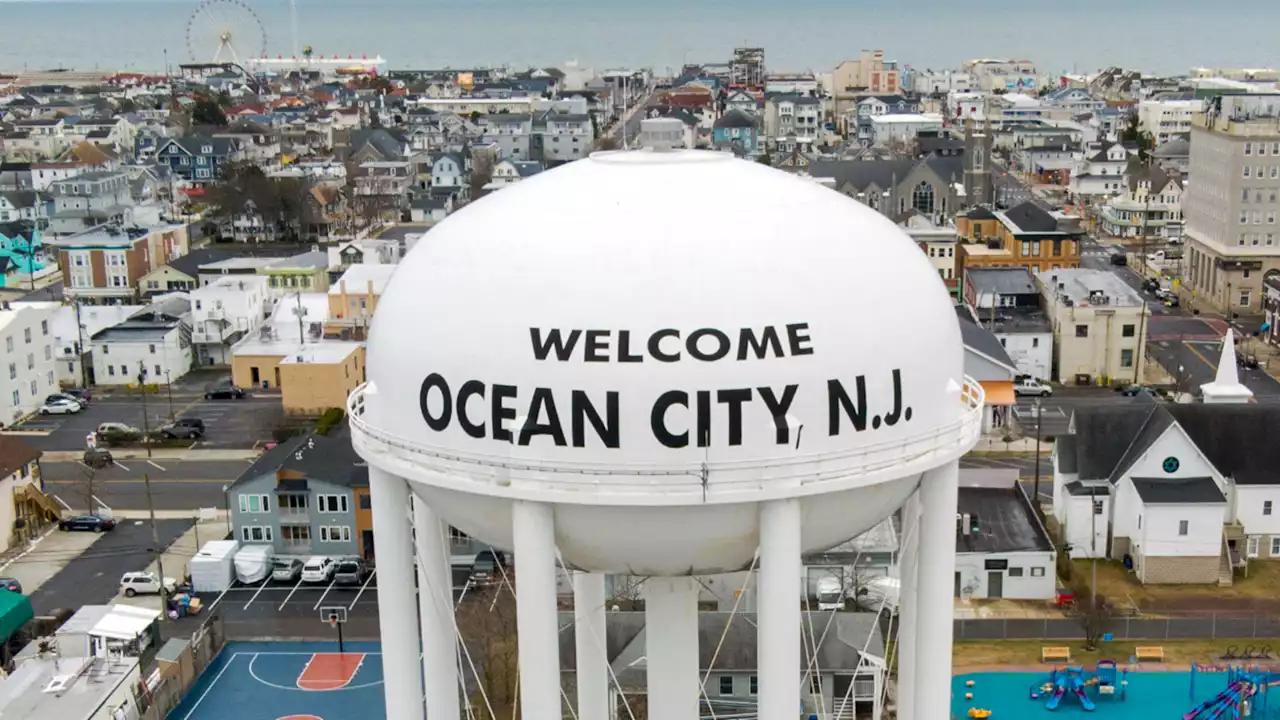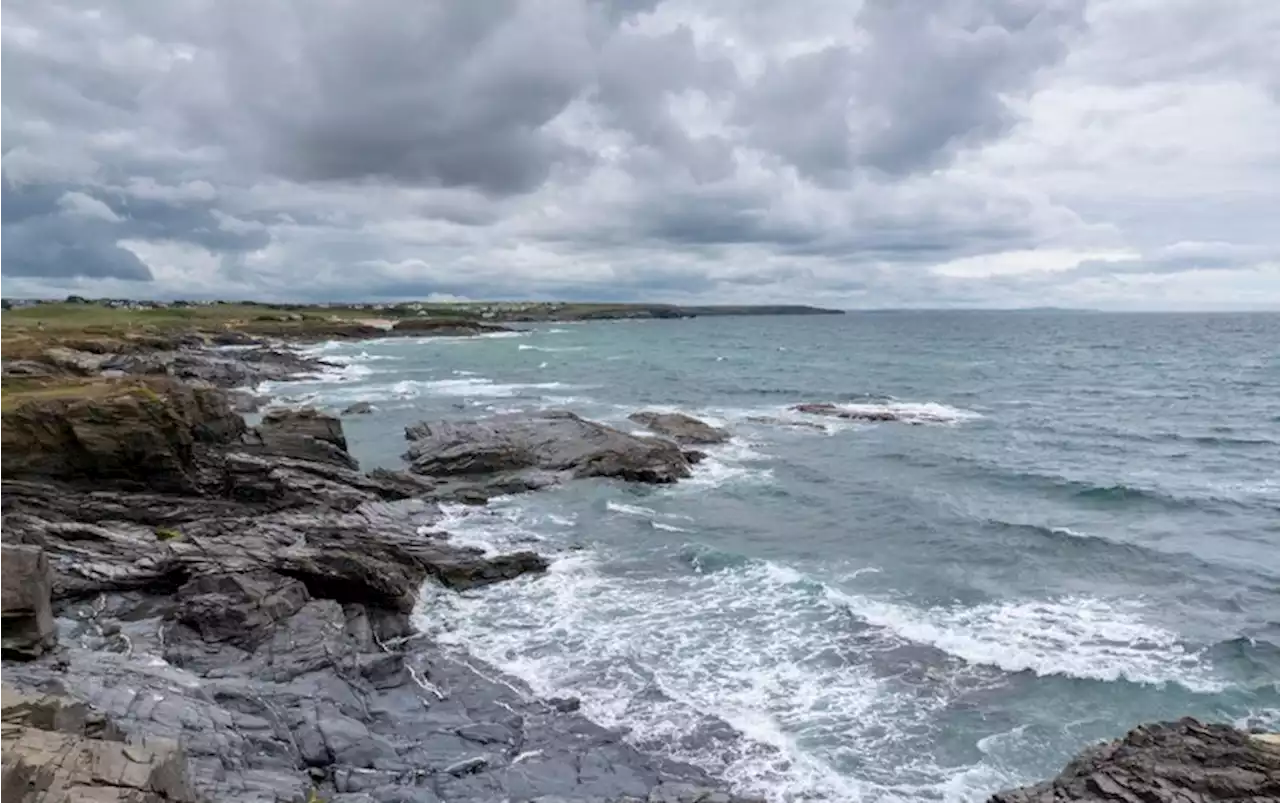Natural variations are currently the main cause, but climate change should continue to cause it to slow down
A gigantic ocean current, which transports heat around the globe and helps regulate weather patterns throughout the North Atlantic, appears to be slowing down. In fact, recent research has found that it’s currently at its weakest point in the last 1,000 years.For now, scientists say, it’s probably some of both.
Still, that’s likely to change at some point in the future. Climate models indicate that human-caused global warming should cause the current to continue slowing over time. If the world keeps on warming, the current’s behavior eventually should tip outside the bounds of natural variability, flowing into uncharted territory.
If the current continues to slow, it could disrupt weather patterns throughout the midlatitudes. Parts of the North Atlantic may cool, while areas farther south along the U.S. East Coast may get warmer.Multiple studies in recent years have made it clear the AMOC is slowing. Some research suggests it may have been weakening for at least 150 years.
The new study uses historical records of sea surface temperatures throughout the Atlantic, dating back to the year 1900. Because changes in the AMOC’s flow can affect ocean temperatures in different ways throughout the region, these records can help scientists evaluate how the current has changed over time.
This doesn’t mean the current isn’t slowing or that global warming isn’t playing a part, Latif cautioned. The current is, indeed, slowing down. And even if it’s still within the bounds of natural behavior, the influence of climate change is getting stronger all the time in the background.
Österreich Neuesten Nachrichten, Österreich Schlagzeilen
Similar News:Sie können auch ähnliche Nachrichten wie diese lesen, die wir aus anderen Nachrichtenquellen gesammelt haben.
 Residents outraged the City of San Diego cut down iconic Ocean Beach palm trees -SAN DIEGO (KUSI) – Homeowners in the Ocean Beach & Point Loma area of San Diego are continuing their effort to save the iconic palm trees that line their street. The street where the seven palm trees are located is far from the San Diego International Airport, but the City of San Diego still claims the FAA says they are...
Residents outraged the City of San Diego cut down iconic Ocean Beach palm trees -SAN DIEGO (KUSI) – Homeowners in the Ocean Beach & Point Loma area of San Diego are continuing their effort to save the iconic palm trees that line their street. The street where the seven palm trees are located is far from the San Diego International Airport, but the City of San Diego still claims the FAA says they are...
Weiterlesen »
 New Species of Deep-Sea Crown Jelly Discovered in Pacific Ocean | Sci-News.comMarine biologists from the Monterey Bay Aquarium Research Institute (MBARI) have described an unusually large and distinctive deep-sea crown jelly with coiled tentacles in the family Atollidae.
New Species of Deep-Sea Crown Jelly Discovered in Pacific Ocean | Sci-News.comMarine biologists from the Monterey Bay Aquarium Research Institute (MBARI) have described an unusually large and distinctive deep-sea crown jelly with coiled tentacles in the family Atollidae.
Weiterlesen »
 Enric Sala: Protecting the last wild places in the oceanSpending weeks at sea, diving thousands of hours, and seeking out some of the least explored and understood places in the ocean, Nat Geo Explorer Enric_Sala works to inspire the creation of marine protected areas
Enric Sala: Protecting the last wild places in the oceanSpending weeks at sea, diving thousands of hours, and seeking out some of the least explored and understood places in the ocean, Nat Geo Explorer Enric_Sala works to inspire the creation of marine protected areas
Weiterlesen »
 Inside the ambitious push to protect a third of the world’s oceanThe National Geographic Society launched the Pristine Seas project in 2008 and has completed 30 expeditions that helped create 22 marine reserves. Its research indicates crucial areas to safeguard in the future
Inside the ambitious push to protect a third of the world’s oceanThe National Geographic Society launched the Pristine Seas project in 2008 and has completed 30 expeditions that helped create 22 marine reserves. Its research indicates crucial areas to safeguard in the future
Weiterlesen »
 Experienced pilots assert Ocean Beach palm trees are not a danger to aviation safety -OCEAN BEACH (KUSI) – Residents in Ocean Beach are continuing their fight to save the remaining palm trees from being cut down by the city of San Diego. The City of San Diego surprised the neighborhood Monday morning when they showed up and cut down five of the iconic palm trees, some of which were over 100-years-old. A spokesperson for...
Experienced pilots assert Ocean Beach palm trees are not a danger to aviation safety -OCEAN BEACH (KUSI) – Residents in Ocean Beach are continuing their fight to save the remaining palm trees from being cut down by the city of San Diego. The City of San Diego surprised the neighborhood Monday morning when they showed up and cut down five of the iconic palm trees, some of which were over 100-years-old. A spokesperson for...
Weiterlesen »
 Ocean City's new shuttle service will serve boardwalk, downtown districtsThe shore town will be introducing a new jitney shuttle service that will offer two routes serving the boardwalk and the Asbury Avenue downtown shopping district.
Ocean City's new shuttle service will serve boardwalk, downtown districtsThe shore town will be introducing a new jitney shuttle service that will offer two routes serving the boardwalk and the Asbury Avenue downtown shopping district.
Weiterlesen »
